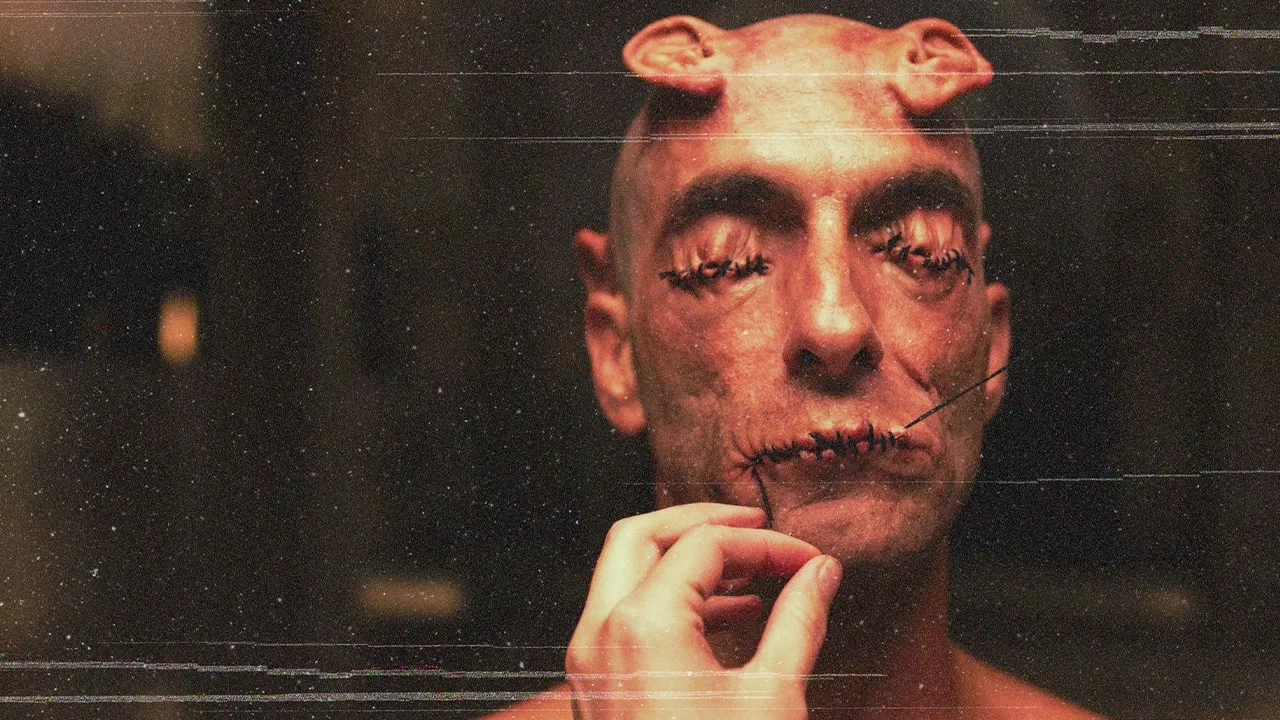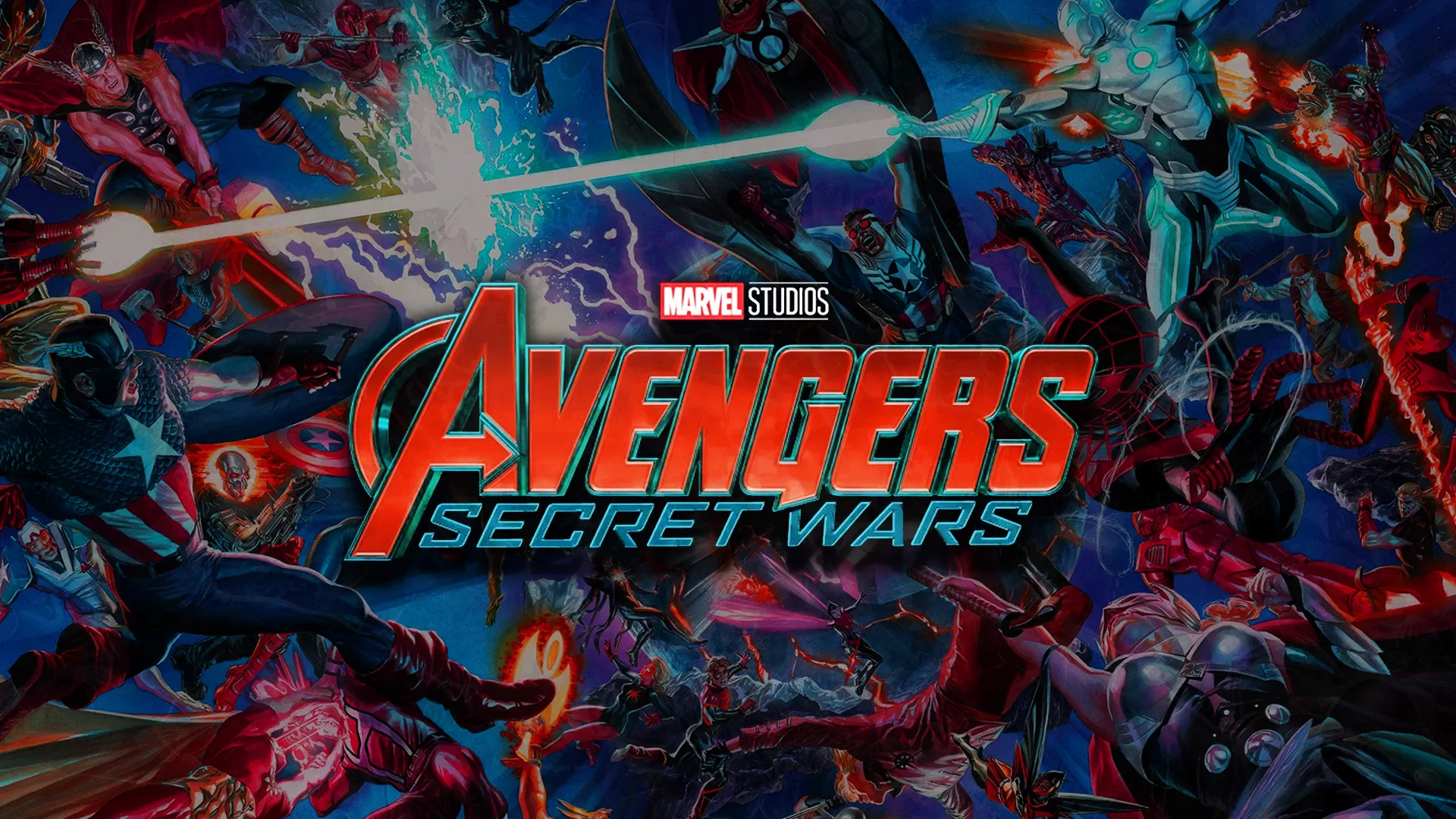“Surgery is the new sex.” That’s the north star phrase in David Cronenberg’s Crimes of the Future, a film that takes that sentence and morphs it into something even more disturbing than it sounds. With an opening scene almost as confusing as it is creepy, Cronenberg is back to his true body-horror visuals, lofty commentary on human existence and what it means to be purely human in a world in which most people are not.

In an unspecified future in which humans have begun to evolve away from feeling pain, Saul Tenser (Viggo Mortensen in a deeply dark performance) and his partner Caprice (Léa Seydoux in the most emotionally open performance of the film) perform public showcases and avant-garde performances of body transformations and “desktop surgery”. Tenser grows extra organs not natural to the human body, while Caprice tattoos and removes them in front of a sea of cameras and audience members. With surgical vessels resembling the exoskeleton of insects and control panels that squish and scrunch, the world is set in what feels like a Cronenberg-ordained future. Without the common sensation of pain, it’s hard to tell if Tenser’s extra organs are beneficial or cancerous, although he consistently looks to be adjacent to anguish.

The ongoing evocative art installation of Tenser and Caprice attracts the attention of the semi-underground organization called the National Organ Registry that Wippet (Don McKellar) and Timlin (Kristen Stewart) run. Their motives for getting involved with the artsy side of organ growth are not entirely clear and keep the darkly mysterious tone of the film alive and well, unlike the corpse of a 10-year-old boy with a digestive system unlike anyone else’s. In that truly confusing yet creepy opening scene, Brekken (Sozos Sotiris) is caught by his mother consuming a plastic waste bin. This leads to the unearthing of his father and his group of cronies, all engaging in the consumption of plastic in the form of synthetic plastic candy bars. This is another vague and curious storyline of the movie that is never really expanded upon further than absolutely necessary, unfortunately. The autopsy of Brekken is set to be the pièce de résistance for both Tenser and Caprise, not only as an art installation but as an understanding of the evolution of the human body on a deeper level.

The movie feels as though it is content in having little to no momentum towards what could have been an intoxicating and horrific climax – which can be both a good or a disappointing thing to how well you connect with the story and the characters. Kristen Stewart is the energy pulse this movie needs every time she is on-screen, shoving her fingers into Viggo Mortensen’s mouth at one point engaging in “the old sex” ways. Her star power mixed with her genuinely peculiar presence in the film provides the most captivating moments and some of the funniest. Mortensen is highly-stylized in this Cronenberg project, in direct opposition to his performances with the director in his other projects like A History of Violence, and skulks around in a pseudo-Grim Reaper style robe the entire time. A character that we are given no background on or insight into makes it hard to connect with the living embodiment of human extinction and evolution all rolled into one. But what the characters do get right is their presence in a purely Cronenbergian-style world, which is eerie in each of the handful of sound-stage settings it takes you to.

With lofty themes about the coexistence of nature and humans, the future of our children, and the ultimate fatality (or evolution) of humans, the movie brings them all to the surgical table but leaves the tools used and abused halfway through, never fully completing the complex thoughts. The movie is likely better thought about and pondered upon than actually watched. Even with that said, the shocking body horror and return to form for Cronenberg is something to awe at on the big screen. This feels like cinema. And with walkouts at both Cannes Film Festival and the theater in which I saw this movie, the edginess is life-giving in its own way.

Cronenberg’s ability to play in the familiar sandbox he has found himself so often in over the past nearly 50 years of filmmaking is exhilarating and intriguing, both metaphorically and visually. Over time, pain numbs the experience humans have. They evolve. Continuously. Is a life without some semblance of pain worth living? And who are we really if we are not true to our desires and evolutions? Questions that I am hopeful will be at the forefront of whatever David Cronenberg cuts into next.
Check out our reviews of some other latest box office hits in Top Gun Maverick and The Bob’s Burgers Movie!
[letsreview]











1 comment